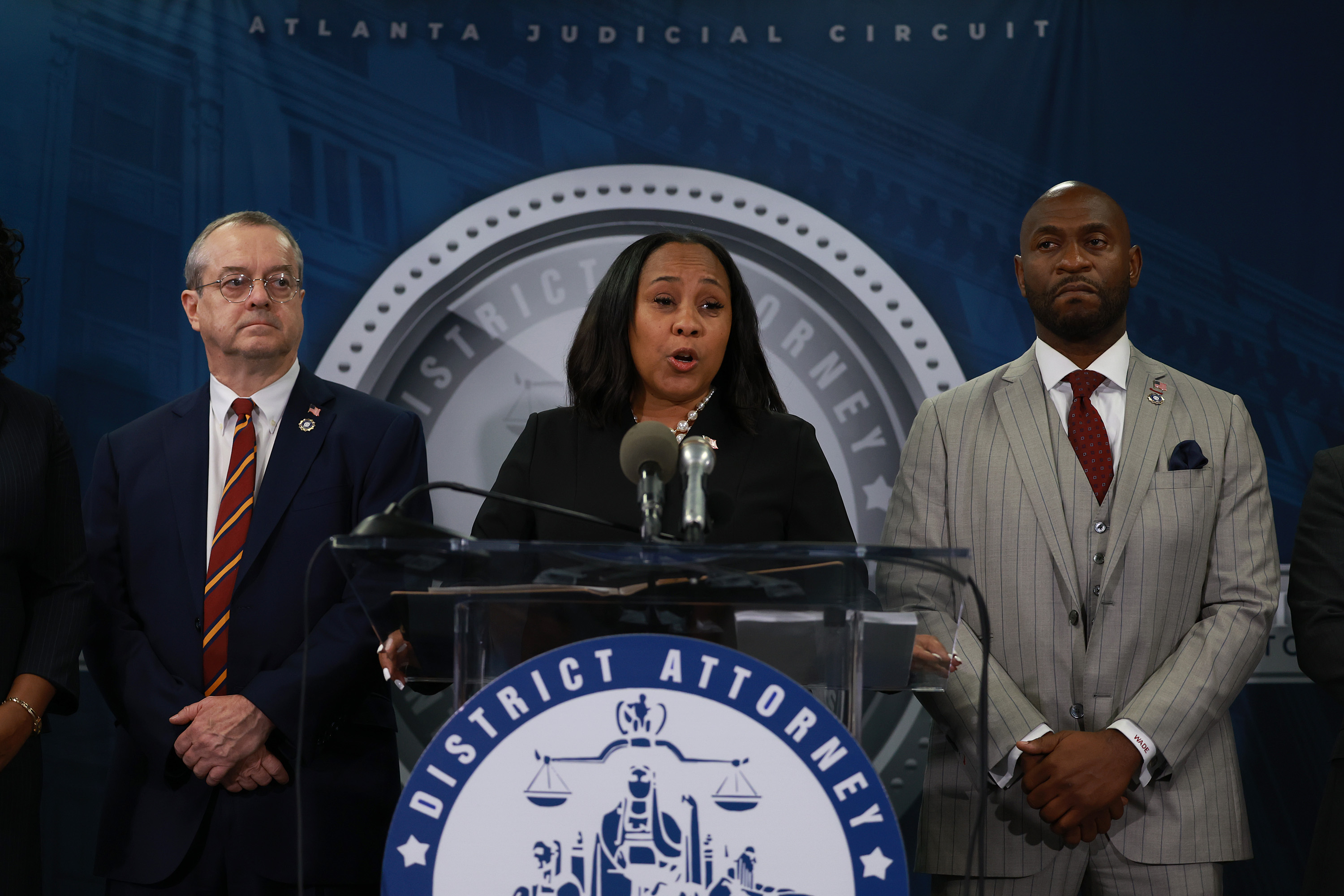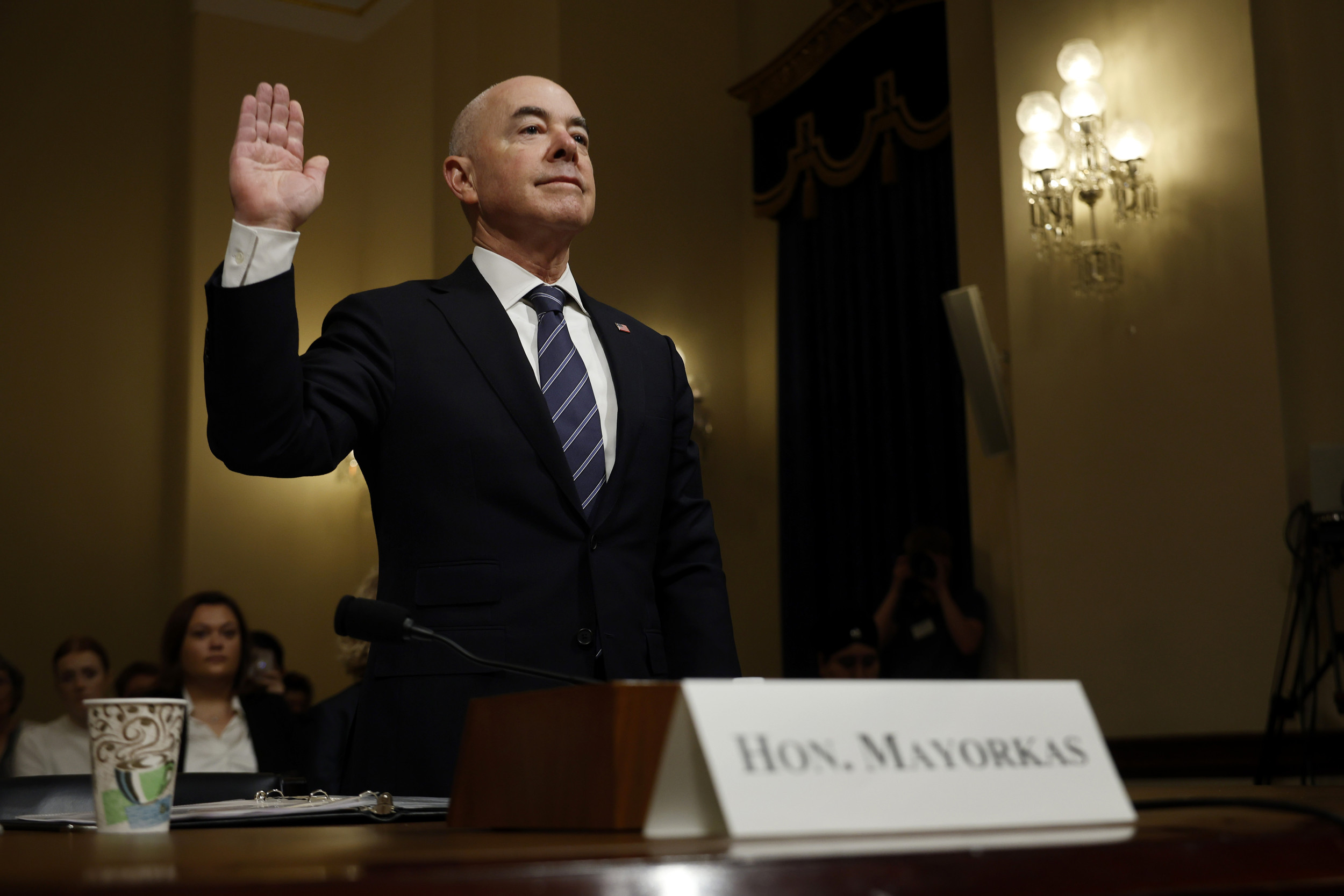
WASHINGTON (Reuters) - Underlying inflation pressures rose in October, even as falling gasoline prices kept overall U.S. consumer prices in check, bolstering expectations of a mid-2015 interest rate hike from the Federal Reserve.
Other data on Thursday showed vigor in the economy, with home resales rising at their fastest pace in a year in October and factory activity in the mid-Atlantic region expanding in November to its highest level since December 1993.
The Labor Department said on Thursday its so-called core Consumer Price Index, which excludes food and energy, increased 0.2 percent, the largest increase in five months, after nudging up 0.1 percent in September.
In the 12 months through October, the core CPI rose 1.8 percent after rising 1.7 percent in September, which should ease fears about deflation.
However, falling gasoline prices, which offset rising rent, household furnishings, airline, recreation, new motor vehicles and medical costs, left the overall CPI unchanged last month after a 0.1 percent gain in September.
"One number does not change the monetary policy outlook, but the stability in core inflation may help to offset some of the Fed's concerns about declining inflation expectations," said Michael Feroli, an economist at JPMorgan in New York.
The Fed targets 2 percent inflation and it tracks an index that is running even lower than the CPI.
Minutes of the Fed's Oct. 28-29 meeting published on Wednesday showed most policymakers expect inflation will edge lower in the near-term and subsequently move toward its target.
But there was a bit of concern over falling market-based inflation expectations, with some officials saying they should be monitored for signs of "a possible downward shift in longer-term inflation expectations."
The U.S. central bank has kept its short-term interest rate near zero since December 2008. Most economists expect the first interest rate increase sometime in the mid-2015.
HOME SALES RISE
In a separate report, the National Association of Realtors said existing home sales rose 1.5 percent to an annual rate of 5.26 million units, the highest rate since September 2013, a sign that the housing market continued to regain strength.
Data from the Philadelphia Federal Reserve Bank showed its business activity index jumped to 40.8 this month, the highest reading in nearly 21 years, from 20.7 in October.
A reading above zero indicates expansion in the region's manufacturing.
"The U.S. economy appears to be doing relatively fine. It's not great but the doomsayers have very little on which to hang their hats," said Dan Greenhaus, chief strategist at BTIG in New York.
U.S. stocks trimmed losses on the data, while the dollar firmed slightly against the euro and the yen. Prices for U.S. Treasury debt pared gains.
Declining energy and commodity prices against the backdrop of a slowing global economy, and a strengthening dollar are keeping inflation below the Fed's target.
Sluggish wage growth, despite a strengthening labor market is also keeping a lid on inflation.
Another report from the Labor Department showed initial claims for unemployment benefits fell 2,000 to a seasonally adjusted 291,000 last week, staying below the 300,000 threshold for a 10th straight week.
Uncommon Knowledge
Newsweek is committed to challenging conventional wisdom and finding connections in the search for common ground.
Newsweek is committed to challenging conventional wisdom and finding connections in the search for common ground.
About the writer
To read how Newsweek uses AI as a newsroom tool, Click here.








